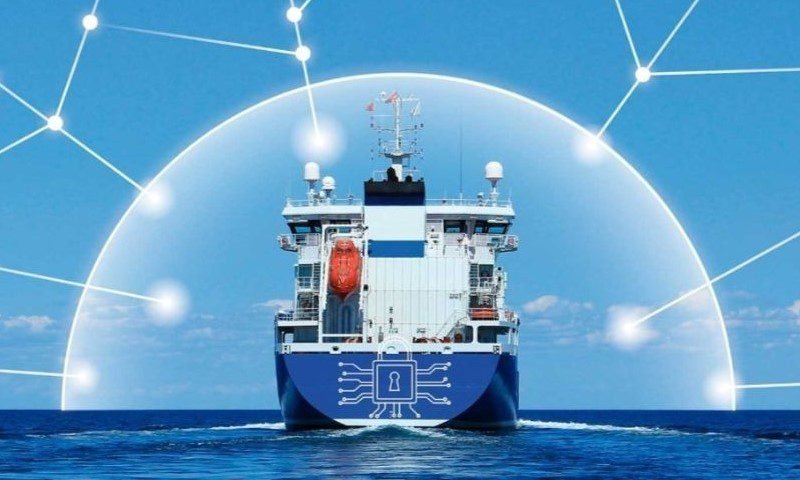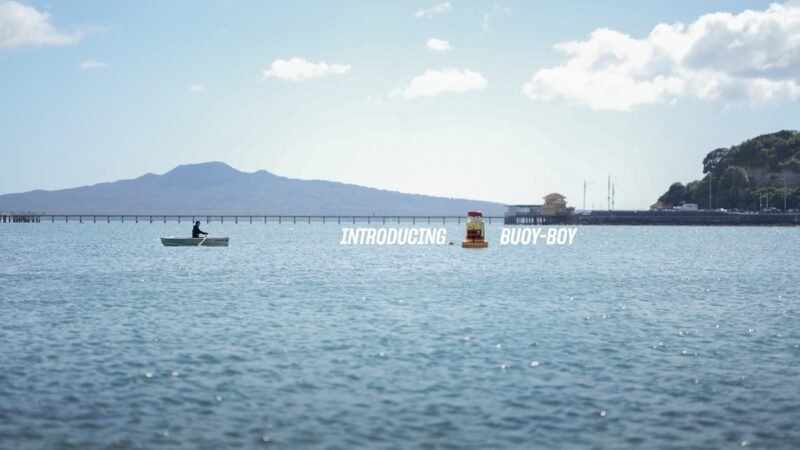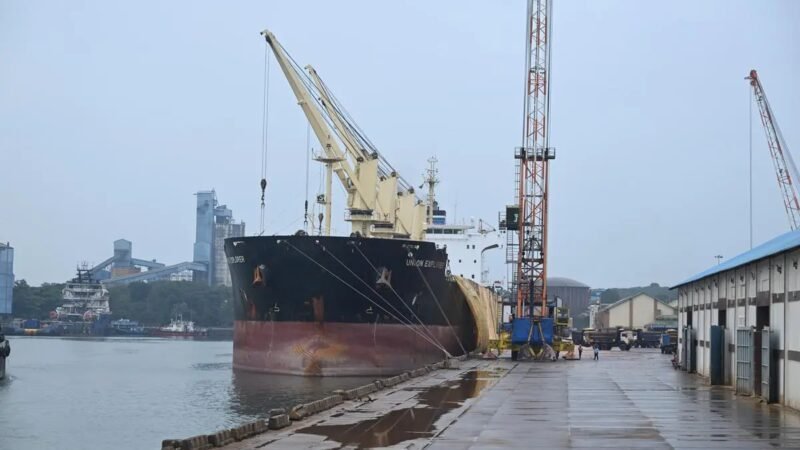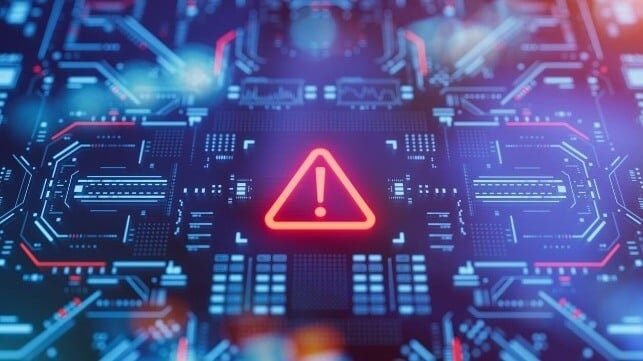The maritime industry is currently undergoing a significant shift in its efforts to decarbonize. While the focus was initially on reducing air pollutants like sulphur oxides, there has been a transition towards comprehensive strategies for lowering greenhouse gas emissions. This evolution presents challenges and opportunities for stakeholders worldwide. The introduction of measures such as the Energy Efficiency Design Index (EEDI) and Ship Energy Efficiency Management Plan (SEEMP) in 2013 has catalyzed a new approach to energy efficiency in the industry, leading to the development of operational performance measures like the Carbon Intensity Indicator (CII) and a greater emphasis on reducing GHG emissions through alternative fuels and innovative technologies.
The human element in maritime decarbonization efforts is often overlooked but plays a crucial role in the industry’s sustainable future. The decisions made by shore staff and seafarers, from route planning to fuel management, can determine the success of advanced technologies in achieving their full potential. Training and skills development must evolve to ensure that professionals have a deep understanding of energy efficiency principles and can optimize vessel operations to align with emissions goals. Leadership within maritime organizations is essential in driving this transformation by integrating environmental considerations into decision-making processes and incentivizing energy-efficient practices.
Balancing regulatory compliance with operational realities remains a challenge for the maritime industry. Inefficiencies, such as fuel wastage while ships await berth availability, undermine sustainability efforts. Digital solutions, such as the International Maritime Organization’s (IMO) Single Maritime Window and Singapore’s upcoming electronic Bunker Delivery Notes requirement, are examples of how technology can address these issues. Looking ahead, pricing mechanisms for maritime GHG emissions will be critical in bridging the cost gap between traditional and green fuels, with funds allocated to incentivize green fuel adoption and mitigate investment risks for shipowners and fuel producers. Collaboration across industry actors will be key to enhancing risk management and informing investment decisions as the industry moves towards decarbonization.


















